By Mallie Jane Kim
Do you scarf chocolate or savor it? According to chocolatier Linda Johnson, tasting chocolate is akin to tasting wine: Take small bites and let the flavor develop in your mouth.
“That started for me 10 years ago when I would see people just pack chocolate into their mouth and swallow it and say, ‘Oh, that was good,’” Johnson told the 30 attendees at a Three Village Historical Society tea hosted by the Reboli Center for Art and History in Stony Brook on March 11. “I was like, ‘Wait a minute, it took me two days to make that.’”
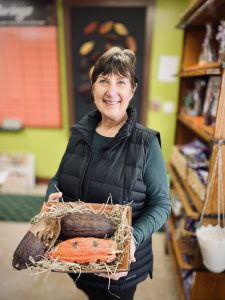
In the sunlit art-lined Reboli Center, Johnson, who owns Chocology in Stony Brook, shared that her appreciation of chocolate springs from her knowledge of cacao’s rich history, from its position as a sacred tree and a currency among the Mayan and Aztec people through its evolution as a sweetened treat in Europe and to the “bean to bar” movement toward quality ingredients and good, child-labor-free processing today. She punctuated her presentation with delicious tastes of various high-quality chocolates from around the world.
Tea with a Spot of History has traditionally been held in the historical society’s cozy circa 1805 homestead on North Country Road in East Setauket, but according to TVHS community engagement manager Kimberly Phyfe, taking the event on the road allows for more attendees and solidifies partnerships among aligned organizations around the Three Village area.
“Going on the road is a win-win-win,” Phyfe said. “It’s a win for us as the historical society, for our community partners and also for our presenters.”
Phyfe pointed out that several attendees were hearing about Johnson’s shop for the first time, and also that many people were browsing and making purchases from the Reboli Center gift shop.
“Everybody wins, and that’s what we’re about,” Phyfe said. “We look at the whole community as our living museum.”
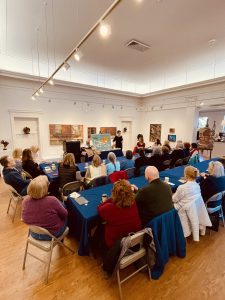
For its next on-the-road installment, Tea with a Spot of History will visit The Long Island Museum on April 5 to celebrate the history of quilting with the Smithtown Stitchers, and Phyfe said she is in talks with other area venues to secure two other teas to round out the spring.
The tea events, in contrast with the more formal lecture series THVS holds at The Setauket Neighborhood House, are a chance for people to sit elbow to elbow, learn a bit of history interactively — and with some tasty treats. Phyfe said the teas used to draw mainly retirees, but have started to also attract others looking for “bite-sized infotainment” during a weekday, from stay-at-home parents to remote workers to those who are able to take a long lunch.
One attendee, Bianca Dresch of Stony Brook, volunteers for TVHS with her husband Dan, but can’t usually attend weekday activities due to work. Both found this event irresistible. “I try to attend whenever something grabs our attention — I saw this combination with the chocolate and Reboli, and I thought, ‘Oh, we’ve got to do this,’” she said.
Teagoer Bonnie Dunbar of East Setauket does usually attend the teas and found the new venue refreshing: “It’s a nice way to get to know what’s around the neighborhood.”
Dunbar said the event piqued her interest in the history of chocolate, and she would have preferred to focus even more on that history. As for the tasters? Those left her satisfied.
“I like the idea of putting the chocolate on your tongue and letting it melt, instead of gobbling it down like I usually do when I eat chocolate,” she said.

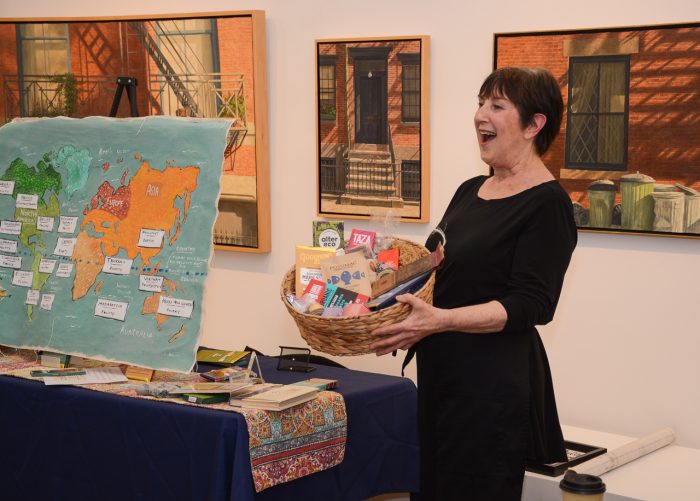
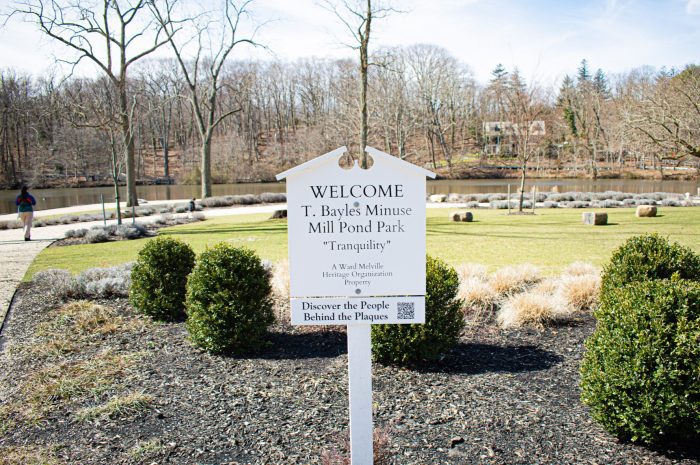
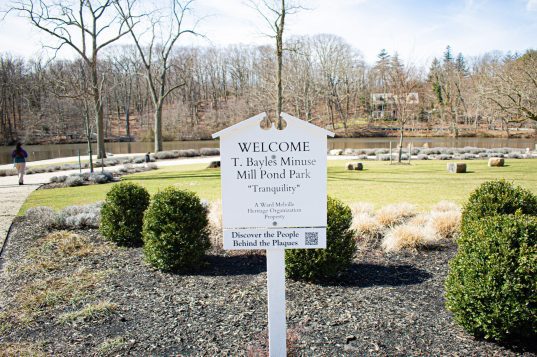
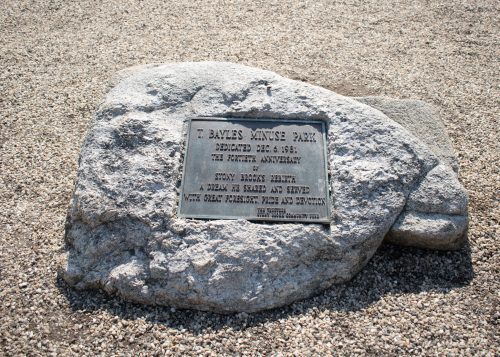

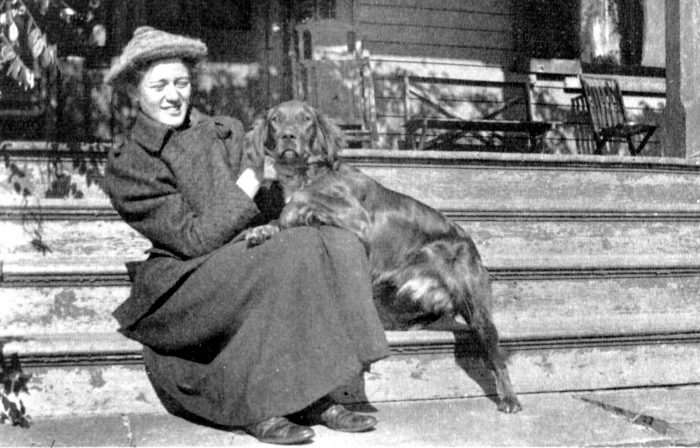

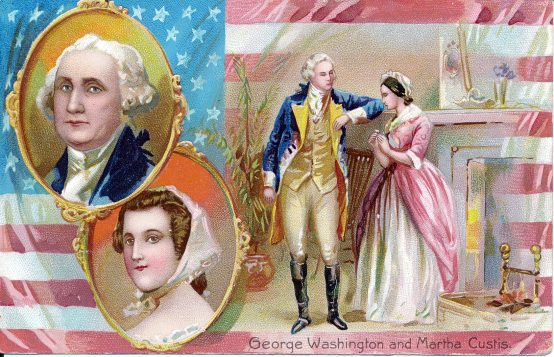
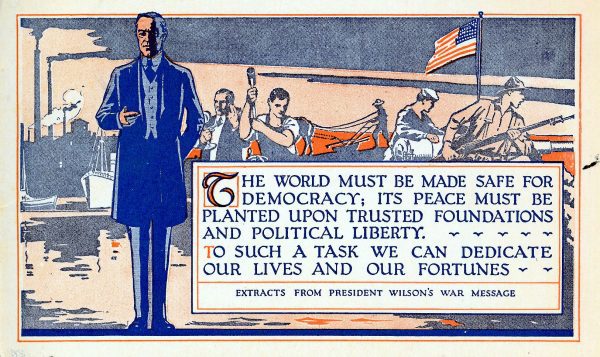
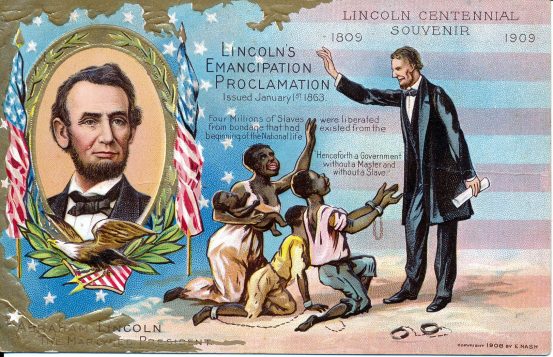
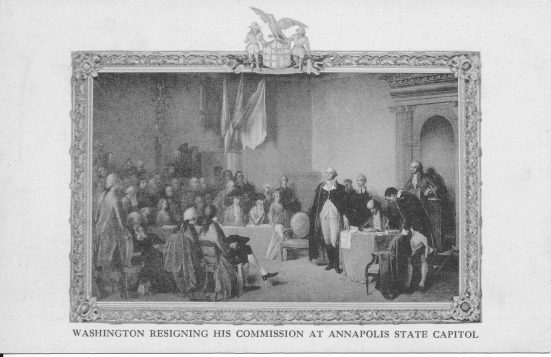


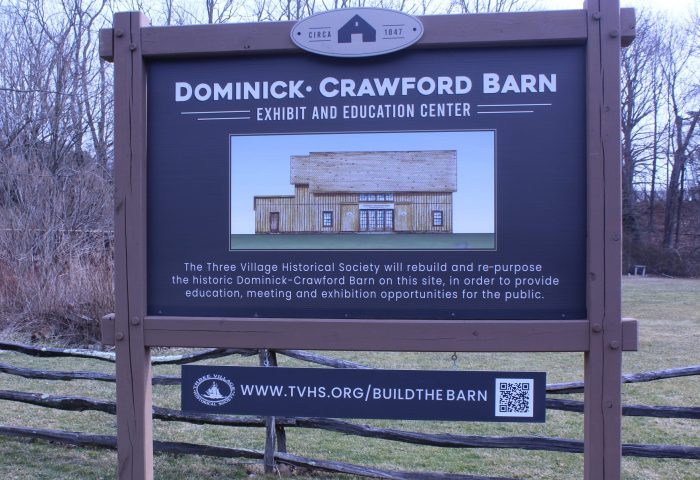
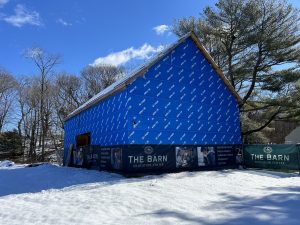 Setauket’s historic district shouldn’t be marked by a bright-blue-wrapped, half-finished barn for much longer, as the Three Village Historical Society plans to start working in earnest on the Dominick-Crawford Barn Education and History Center just as soon as the weather thaws and their supply orders come in.
Setauket’s historic district shouldn’t be marked by a bright-blue-wrapped, half-finished barn for much longer, as the Three Village Historical Society plans to start working in earnest on the Dominick-Crawford Barn Education and History Center just as soon as the weather thaws and their supply orders come in.






